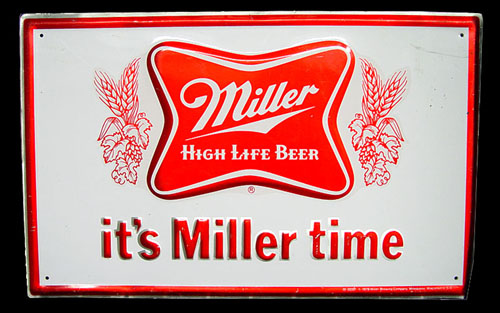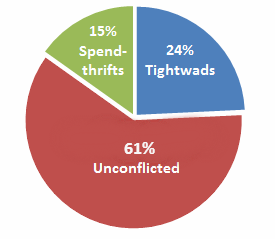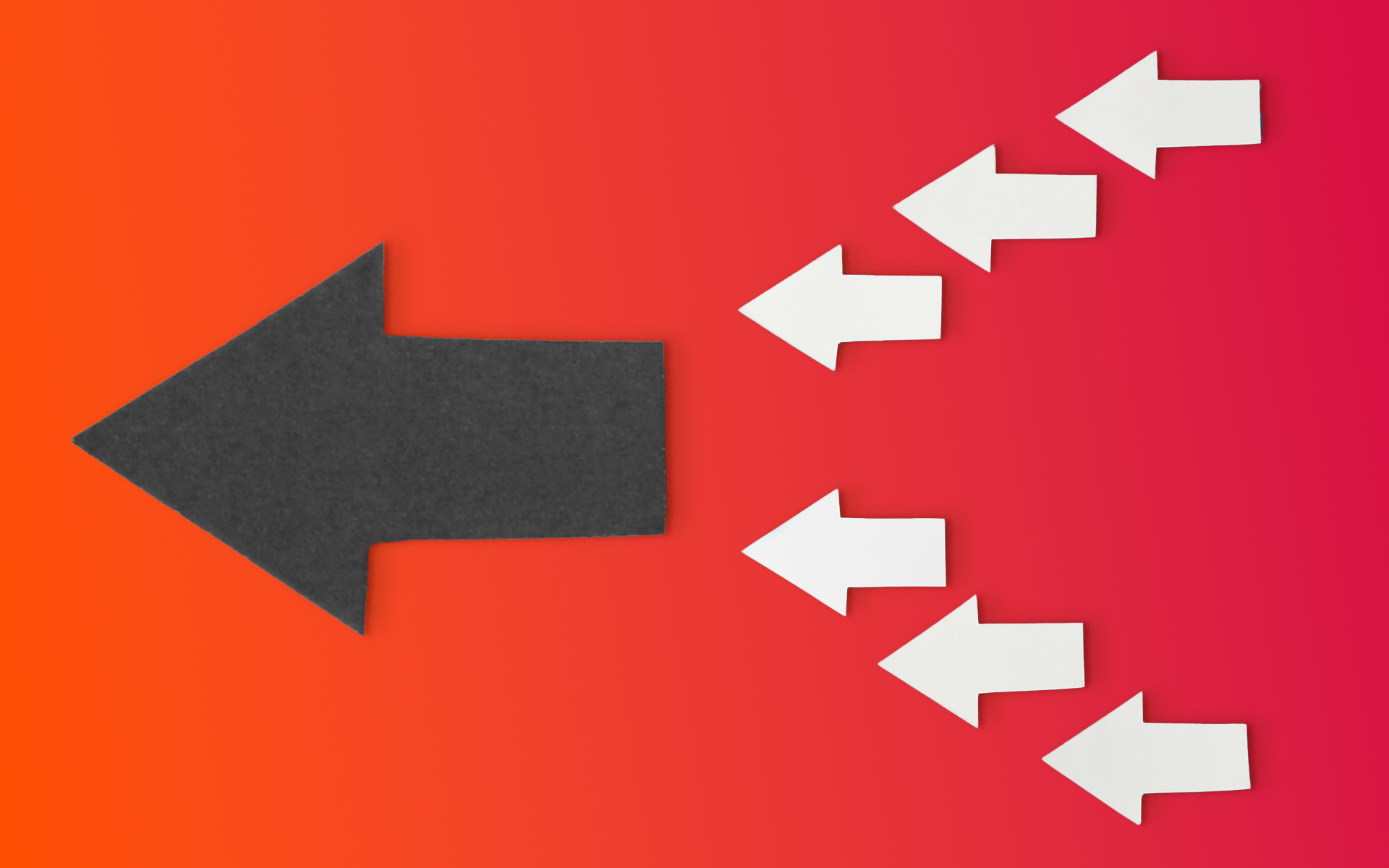In my last article I looked at neuropsychological research that showed how the pain centre of a customer’s brain lights up when they come to make a purchase, and what we as marketers can do to make the process as painless as possible to increase sales.
Subsequent research however went further than just identifying this pain centre activation, but actually classified 3 distinct groups of consumers based on their brain activity when it comes to spending. Participants were found to literally ‘spend till it hurts’, but their individual pain thresholds differed strikingly. A bell curve pattern was seen, with a bulk of participants in the middle labelled ‘unconflicted’, all of whom had similar pain thresholds. There were then two groups at opposite extremes; the ‘tightwads’ who felt a sharp anticipatory pain before purchasing and ‘spendthrifts’ who feel very little pain at all.
Researchers at the University of Pennsylvania developed a Spendthift-to-Tightwad scale to measure people’s tendency to experience pain when purchasing. They surveyed over 13,000 people and found an interesting break-down:
Sprendthrifts were found to be 3 times more likely to have credit card debt than tightwads who in turn had much higher levels of savings. There was however found to be very little difference in income between the groups, and certainly not enough to explain the huge differences in savings and debt levels!
Individuals in the study were shown to be well aware of their spending behaviour, even recognising the problems with it. One of the researchers, Professor Loewenstein of Caernegie Mellon University, explained:
“They [tightwads] recognize that they should be spending more for their own wellbeing. The spendthrifts are the opposite. They spend more than they should spend by their own self-definition.”
Are there any characteristics of Spendthrifts and Tightwads to help us better distinguish between these different customers?
Males were 3 times more likely to be tightwads whereas women were no more likely to fall into either of the extreme groups. Tightwads are predominantly older and better educated. Of those who studied at college, tightwads are much more likely to have chosen humanities or social science subjects. Spendthrifts are more likely to have studied engineering or the natural sciences.
The researchers also were clear to make an important distinction between tightwads and frugal spenders. Tightwads are distinguished by the pain they experience when spending whereas frugal people are characterised by the pleasure they enjoy when they make a saving. A vital difference!
So what can we do to sell to tightwads?
Tightwads make up almost 25% of the buying public. Different products and services will no doubt attract differing volumes of tightwads but unless your offering is a very high value luxury, hedonistic product (that will never sell to tightwads), you cannot afford to ignore these price conscious shoppers.
My last article looked at a number of successful selling techniques for reducing the buying pain that are especially effective at for tightwads, including:
- Framing prices – Portray a yearly £500 charge as only £42 a month or even £1.40 a day to make it seem much smaller.
- Bundle items together – Put together a bundle of related products so the customer only needs to pay once, thereby reducing the number of pain points they experience.
- Develop all you can eat price models – A one off fee for all you can consume again reduces price points and leaves the consumer able to enjoy your product, content that their buying pain is over.
- Make payment as simple as possible – As well as reducing pain points, it’s essential to keep the period of buying pain as short as possible with a quick and easy checkout.
- Accept credit cards – In keeping with this, Professor Rick from the Pennsylvania study explained “Not giving up anything tangible helped cure the tightwads of their affliction”. Anything that makes payment feel less like a payment should help, for example allowing customers to save credit card details with you and also accepting Paypal. Amazon’s patented one click checkout is the prime example of a pain-minimal purchase.
Research has brought lots of other techniques to light too:
Choose the right language
The Pennsylvania researchers tested the behaviour of spendthrifts and tightwads when presented with a hypothetical offer whereby they would receive a free DVD boxset if they paid a $5 fee for overnight shipping. This charge was either described as ‘a small $5 fee’ or just ‘a$5 fee’. The inclusion of the word ‘small’ increased the take up of the offer among tightwads by 20%!
Sell the utilitarian benefits
The researchers then turned their attention to the characteristics of product descriptions that appeal to the differing groups. A $100 back massage was either depicted as a therapeutic treatment to help with back pain or a pleasurable spa treatment solely for enjoyment.
Tightwads were 26% less likely than the spendthrifts to buy the ‘pleasurable’ massage but only 9% less likely to agree to the ‘therapeutic’ massage treatment. Spendthrifts are likely to get caught up in the bells and whistles of a product whereas tightwads are more likely to be parted with their cash if the core features and benefits are portrayed in a functional and practical sense.
Sell time over money
Research by Aaker and Moligner looked at the significance of time to customers. They set up a study where youngsters sold lemonade from a stand with one of 3 signs.
“Spend a little money and enjoy C&D’s lemonade” (money focus)
“Spend a little time and enjoy C&D’s lemonade” (time focus)
“Enjoy C&D’s lemonade” (neutral)
The sign which asked customers to spend a little time not only attracted twice as many customers but those customers were also willing to pay twice as much for the lemonade!
By focusing on time over money, tightwads are more likely to be convinced to open their wallets.

Selling to spendthrifts
Whilst convincing a spendthrift to make a purchase is much easier, the difficulty lies in convincing this profitable group to choose you over the competition.
Appeal to both hedonistic and utilitarian side – In the massage study, almost half of the spendthrifts bought a massage when it was sold on only it’s ‘pleasurable’ qualities. The take-up rate was a whopping 80% when the massage was described as ‘therapeutic’. It’s easy to assume that spendthrifts are just impulsive, pleasure-seekers but this study has shown that they pay attention to the practical aspects too!
Offer credit card purchases and finance options – Just because a spendthrift isn’t reticent to flash the cash, it doesn’t mean they can afford to! By accepting credit cards and possibly offering finance options, you can allow spendthrifts to keep spending!
Cross sell – Spendthrifts feel much less pain when purchasing and so reducing the number of pain points is far less important. Attracting an initial sale and then cross-selling is considerably more successful for this group than with tightwads.
Focus on ownership – Asker and Moligner’s study found that with luxury purchases, imagining the time spent enjoying a purchase is much less effective than imagining merely possessing it. With high ticket items focus on selling how it will feel to be the owner of that swanky car or costly handbag.

Don’t sweat the small stuff – In the DVD boxset study, framing the $ fee as ‘small’ had very little effect on response rates among spendthrifts. The $5 fee was simply not enough of a pain to make the framing of it important.
Not all customers are created equal! By truly understanding the motivations and reservations of our target market we can cultivate the best ways to win them over!





